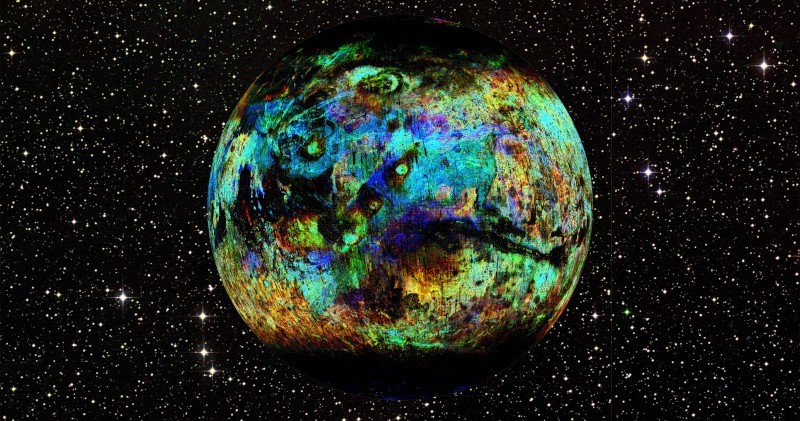Mars was struck by an asteroid between five and ten million years ago. It produced a huge crater and launched a fresh meteorite made of ancient Martian crust into space, which finally plummeted into Africa.
Thanks to a supercomputer-powered technique that enabled scientists to study the geology of planets without leaving the planet, the meteorite source was located.

90 Million Impact Craters
A global team of researchers discovered around 90 million impact craters on the Red planet using a machine learning algorithm on one of the fastest supercomputers in the Southern Hemisphere, located at the Pawsey Supercomputing Research Centre, according to Nature's report.
The map was created by researchers looking into the origin of the Black Beauty meteorite, which was discovered in the Sahara Desert in 2011.
Martian rocks that makeup Black Beauty was created roughly 4.5 billion years ago, when the crusts of Earth and Mars were still developing, according to the study.
The researchers eventually determined the precise area of this impact after using the algorithm to eliminate some of the potential outcomes. The 10-kilometer-wide Karratha crater, according to the researchers, may serve as the focal point of a future Mars mission.
The technique underlying the discovery will also be used to locate billions of impact craters on the surfaces of Mercury and the Moon, as well as to determine the origin of other Martian meteorites. There have been over 300 Martian meteorites discovered on Earth thus far.

Read also: Drones on Mars: Skycopters May Be Exploring Mars Soon After Ground-Breaking Test in A Volcano!
Future Mars Landing
The crater was given the name Karratha by researchers in honor of a Western Australian city home to some of the planet's oldest rocks. The team wants NASA to give the area around Karratha Crater top priority as a potential location for a future Mars landing.
Thousands of high-resolution planetary photos from several Mars missions were analyzed by the team in order to identify the origin of the rocks on Mars.
Dr. Anthony Lagain of the Space Science and Technology Centre at Curtin University served as the study's principal investigator, and co-authors included researchers from Paris-Saclay University, the Paris Observatory, the Museum of Natural History, the French National Centre for Scientific Research, the Félix Houphouet-Boigny University in Côte d'Ivoire, Northern Arizona University, and Rutgers University in the US.
This article is owned by Tech Times
Written by Joaquin Victor Tacla
ⓒ 2025 TECHTIMES.com All rights reserved. Do not reproduce without permission.




